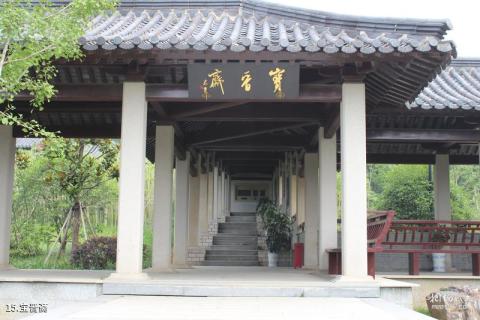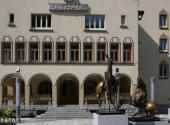
Scenic spot introduction:
The Grand Duchy of Liechtenstein is one of the only two doubly landlocked countries in the world. Its tourism resources are famous for the beautiful scenery of the Alps. Although the country has a small land area and a sparse population, it has an unusually high level of national income, and its per capita GDP Up to more than 50,000 US dollars, it is one of the wealthy small countries in the world known for its tax haven and high living standards.Attractions distribution:
The Grand Duchy of Liechtenstein is located in the Rhine Valley in the European Alps. It is a small landlocked country sandwiched between Switzerland and Austria. The country has a total area of 160 square kilometers and a population of about 30,000. It was ruled by the German Confederation before the 18th century. It became a neutral country in the middle of the century, thus avoiding two world wars. After the Second World War, Liechtenstein became a haven for many Europeans to live and companies to avoid taxes due to its low tax environment, permanent neutrality status and perfect geographical location.Although Liechtenstein did not issue its own stamps until 1912, due to the country's rigorous stamp production and the unique creativity of local artists, each Liechtenstein stamp is a high-quality product that transcends the value of the stamp itself and becomes a A veritable "stamp kingdom", the principality's post office sells 7 million stamps every year, and the mail bag alone weighs 120 tons. The principality's stamp company has 82,000 customers around the world, and there are tens of thousands of foreign stamps here. The company's mailing address and conduct business with each other.
Vaduz, the capital of the Principality, lies quietly at the foot of the Alps on the east bank of the Rhine River. There is only one north-south street and a few alleys in the city. The entire town is wrapped in colorful forests, and small buildings with red roofs and white walls are scattered among the jungles. The clean, elegant, and paradise-like scene gives the entire country a fairy tale-like color.
Scenic spot features:
Pocket country, skiing, vacation, museumtravelling guideline:
Liechtenstein is a small country, and you can walk around Vaduz in a few hours. There are almost no budget hotels or youth hostels in the area. Hotel Restaurant Real is considered a relatively cheap one, and the luxurious five-star hotel Park-Hotel Sonnenhof costs as low as 400 per night. The Swiss franc's stance dominates the northern highlands.
Liechtenstein has no army or national defense, no airports and train stations, and no customs. If you want to leave a mark of this country on your passport, you can go to the visitor center to get an "Entry Commemorative Stamp" stamped.
Liechtenstein maintains a special connection with Switzerland. The Swiss Pass is universal in Liechtenstein. Tourists can also apply for Liechtenstein's own pass (Liechtenstein Adventure Pass) at the local visitor center. With this pass, you can take any transportation in Liechtenstein and visit Museums or bicycle rentals, and even getting a commemorative entry stamp in your passport are free.
Liechtenstein's stamps are world-famous. Visitors can buy stamps and get commemorative stamps at the visitor center or post office.
Best time to visit:
summer
Shopping recommendations:
stamps, wine
Scenic spot location:
Europe>Liechtenstein>City of Vaduz
How to get there:
First take the train to Sargans, a Swiss city on the west bank of the Rhine River. You can see the bus terminal as soon as you leave the station. Take postal bus No. 12 from Sargans to the center of Vaduz, departing at 03:00 and 33:00, the journey takes 20 minutes.
Scenic area map:
Click to expand the scenic area map
Liechtenstein ticket prices:
The stamp museum is free.
The combined ticket price for the National Museum and Art Museum is CHF15, and each ticket purchased separately is CHF8.
Scenic area opening hours:
Stamp Museum: 10:00-12:00, 13:00-17:00;
Liechtenstein Museum of Fine Arts: Tuesday-Sunday 10:00-17:00 (Thursday to 20:00), Monday Closed;
National Museum: Tuesday to Sunday 10:00-17:00 (Wednesday to 20:00), closed on Monday;








